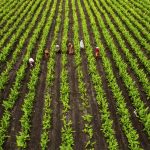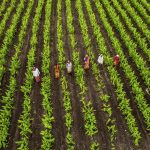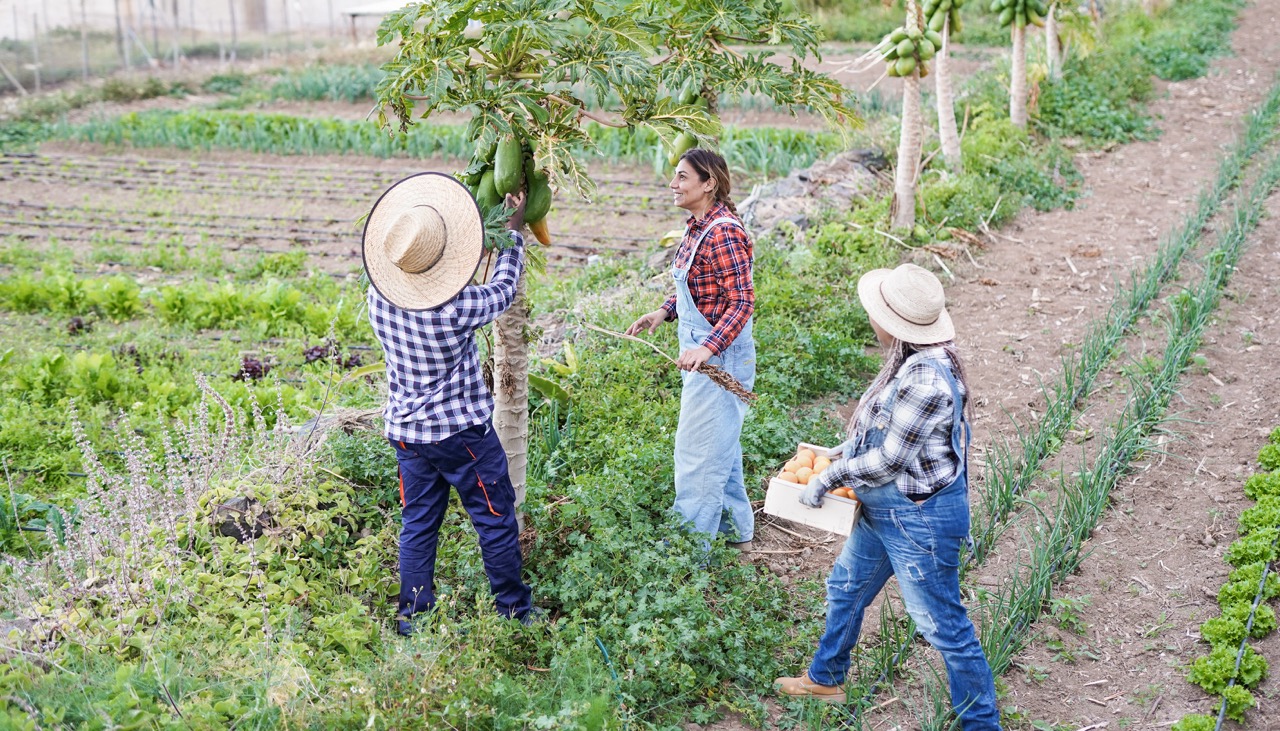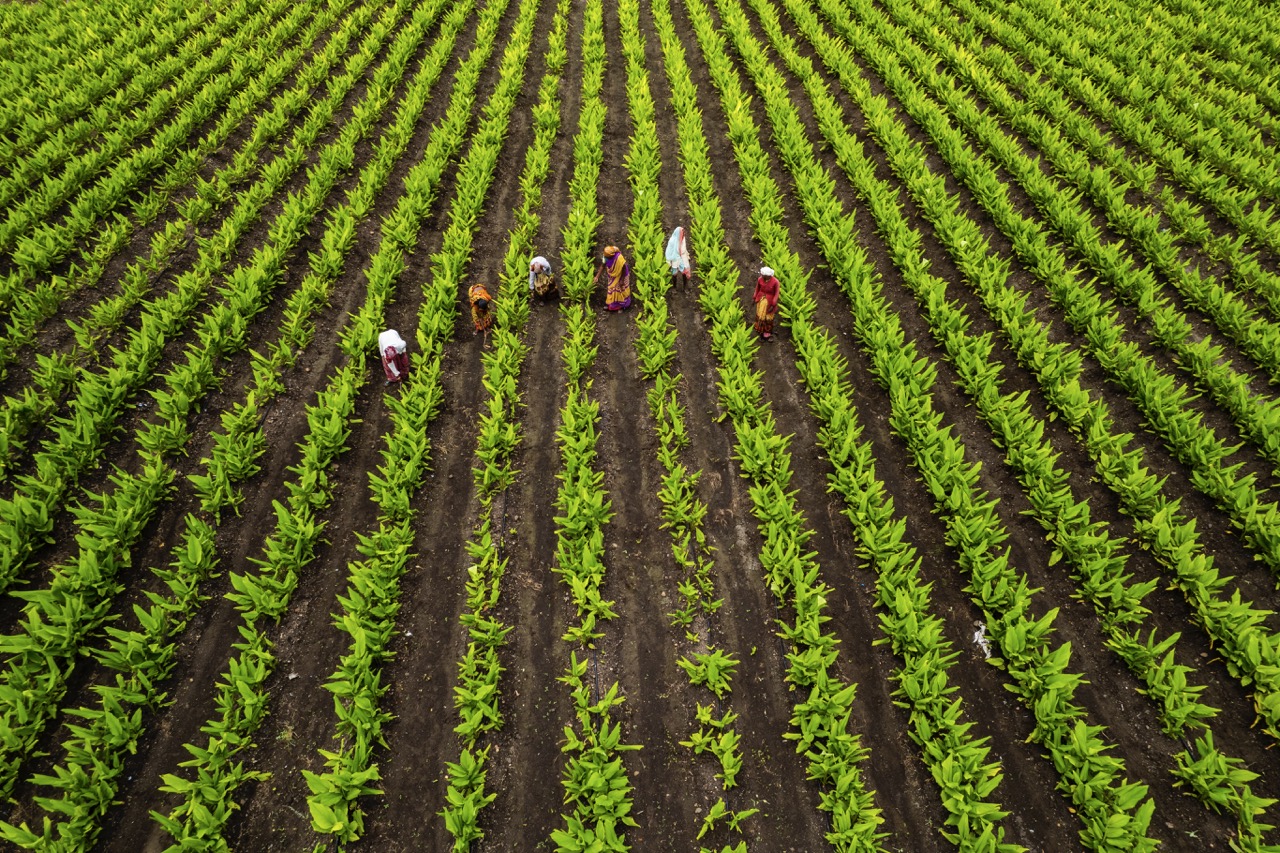As the global population continues to grow, the demand for food production intensifies, leading many agricultural systems to adopt practices that prioritize yield over sustainability. One such practice is large-scale sharecropping, where landowners lease their lands to farmers in return for a share of the crops. While this arrangement can provide economic benefits, it often comes with significant environmental costs. This article delves into the historical context of sharecropping, the environmental impacts of industrial agriculture practices, the trends in soil degradation and biodiversity loss, and potential solutions for sustainable farming.
Understanding Sharecropping: A Historical Overview and Context
Sharecropping has its roots in post-Civil War America, primarily in the South, where it emerged as a way for landowners to maintain control over their land while providing labor opportunities for freed slaves and impoverished whites. This system allowed farmers to cultivate crops without owning land, sharing a portion of the harvest with the landowner. Over the decades, sharecropping evolved into various forms across the globe, including in parts of Africa and Asia, where similar arrangements exist between land and labor.
In its traditional form, sharecropping promoted a symbiotic relationship between landowners and farmers, as both parties had a vested interest in the productivity of the land. However, as agricultural practices have shifted toward industrialization, the fundamental dynamics of sharecropping have changed. Many large-scale sharecroppers now focus on monoculture and heavy reliance on chemicals and machinery, often prioritizing short-term profits over long-term land health.
This evolution raises important questions regarding the sustainability of sharecropping practices today. While it can still provide critical income for farmers, the environmental ramifications of extensive monoculture and industrial practices threaten the very ecosystems that sustain agriculture. As society grapples with the consequences of these practices, it is vital to consider how historical contexts inform current agricultural systems and their impacts on the environment.
The Environmental Costs of Industrial Agriculture Practices
Large-scale sharecropping operations often employ industrial agriculture practices that prioritize efficiency and high yields. However, these methods come with significant environmental costs. The use of synthetic fertilizers and pesticides is prevalent, leading to nutrient runoff that pollutes waterways and disrupts local ecosystems. Moreover, the reliance on fossil fuels for machinery contributes to greenhouse gas emissions, exacerbating climate change and its associated impacts on agriculture.
Additionally, the shift to monoculture—growing a single crop over vast areas—negatively impacts soil health and biodiversity. This practice reduces genetic diversity, making crops more susceptible to pests and diseases, which in turn increases the need for chemical interventions. The resulting cycle of chemical dependency not only compromises soil fertility but also threatens the very resilience of agricultural systems and the ecosystems they depend on.
The consequences of these practices extend beyond the farm. The degradation of natural resources affects local communities and ecosystems, leading to water scarcity, reduced air quality, and loss of wildlife habitats. As the health of the environment declines, the long-term viability of agricultural practices is also jeopardized, creating a pressing need for a reevaluation of sharecropping systems and their environmental impact.
Assessing Soil Degradation and Biodiversity Loss Trends
Soil degradation is a critical concern for large-scale sharecropping operations, as intensive farming practices often lead to diminished soil quality. Over-cultivation, nutrient depletion, erosion, and contamination from chemical inputs contribute to this degradation. Studies have shown that soils in monoculture systems can lose up to 50% of their organic matter, which is essential for maintaining soil structure and fertility.
Biodiversity loss is another alarming trend associated with industrial agriculture and large-scale sharecropping. The focus on a narrow range of high-yield crops has led to the decline of many plant and animal species. This lack of diversity not only compromises ecosystem resilience but also affects the nutritional quality of food produced. The decline in pollinator populations, such as bees and butterflies, further exacerbates these issues, threatening the viability of many crops.
To address these trends, researchers and environmentalists are calling for a shift towards more sustainable agricultural practices. Initiatives aimed at restoring soil health through regenerative practices, such as crop rotation, cover cropping, and agroforestry, can help mitigate the negative impacts of industrial agriculture. Additionally, promoting biodiversity through the cultivation of diverse crops and the conservation of natural habitats is critical for enhancing ecosystem resilience and ensuring food security.
Solutions for Sustainable Sharecropping in Modern Farming
Transitioning to sustainable sharecropping practices requires collaboration among landowners, farmers, and policymakers. Education and training on sustainable farming methods can empower sharecroppers to adopt practices that improve soil health, enhance biodiversity, and reduce reliance on chemical inputs. Programs that facilitate knowledge exchange and provide resources for sustainable techniques are essential for promoting a more environmentally friendly approach to agriculture.
Incentive-based models, such as payments for ecosystem services, can encourage landowners to adopt sustainable practices that benefit both the environment and agriculture. By supporting farming methods that enhance soil fertility, conserve water, and preserve biodiversity, these models can create a win-win situation for both sharecroppers and landowners. Furthermore, incorporating agroecological principles that mimic natural ecosystems can foster resilience and sustainability in sharecropping operations.
Lastly, community engagement and advocacy are crucial for driving systemic change in sharecropping practices. Grassroots movements can raise awareness about the environmental impacts of large-scale sharecropping and advocate for policies that promote sustainable agriculture. By fostering collaboration among stakeholders, it is possible to create a more equitable and environmentally sustainable agricultural landscape that benefits both people and the planet.
The environmental impact of large-scale sharecropping operations cannot be overlooked as the world grapples with the pressing challenges of climate change and food security. Understanding the historical context and current practices of sharecropping is vital for addressing the environmental costs associated with industrial agriculture. By assessing soil degradation, biodiversity loss, and embracing sustainable solutions, we can work towards a future that prioritizes both food production and environmental stewardship. The path forward requires commitment and collaboration among all stakeholders, ensuring that agricultural practices nourish both people and the planet.










